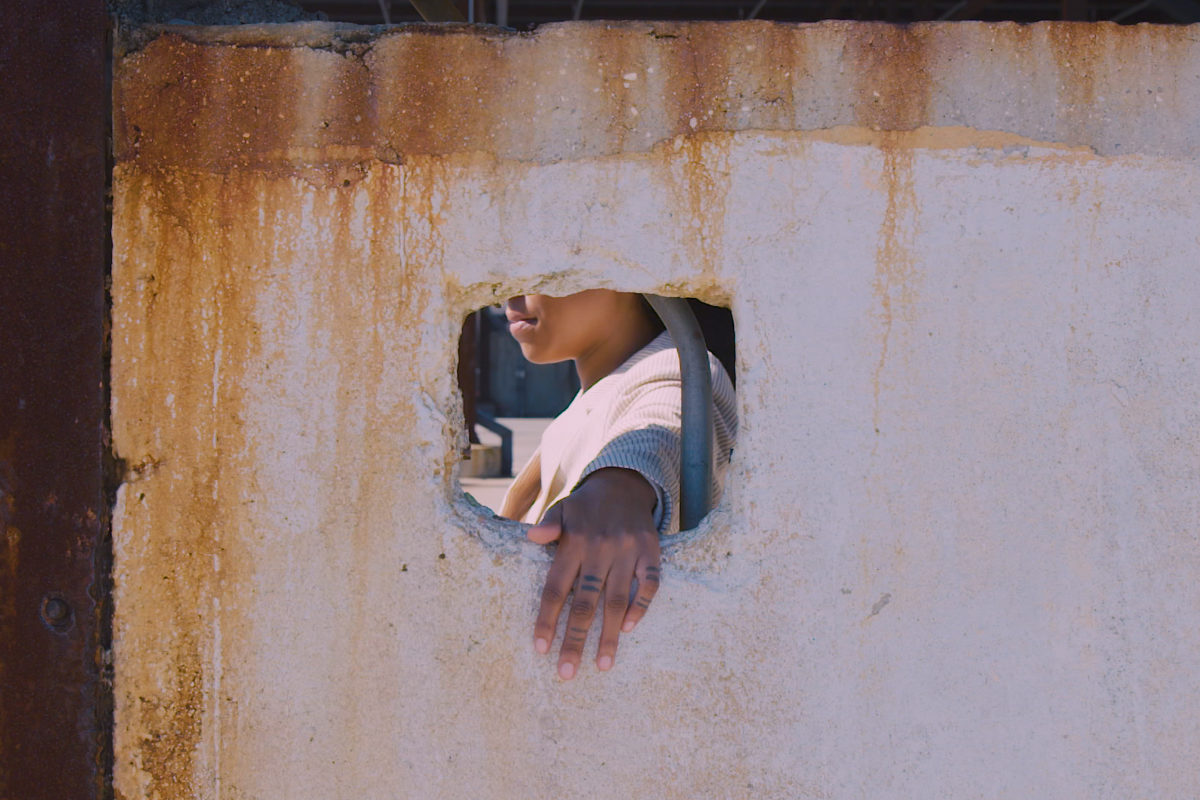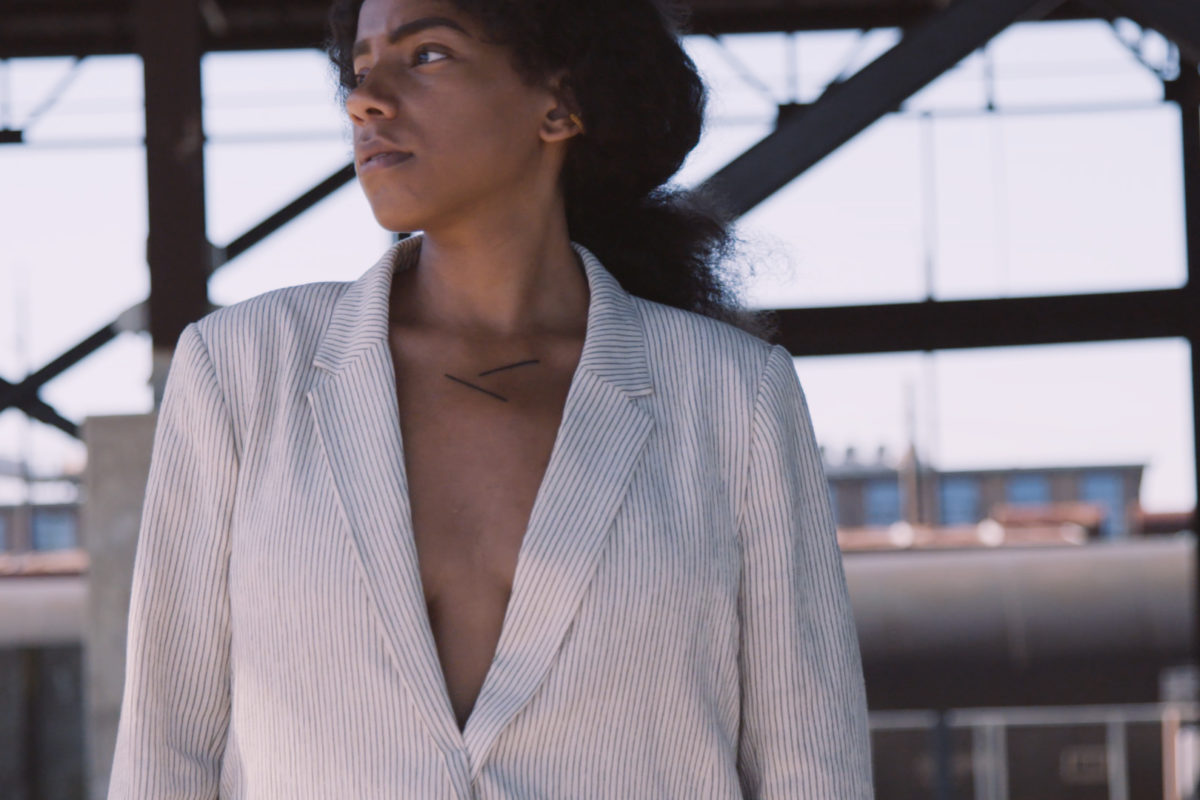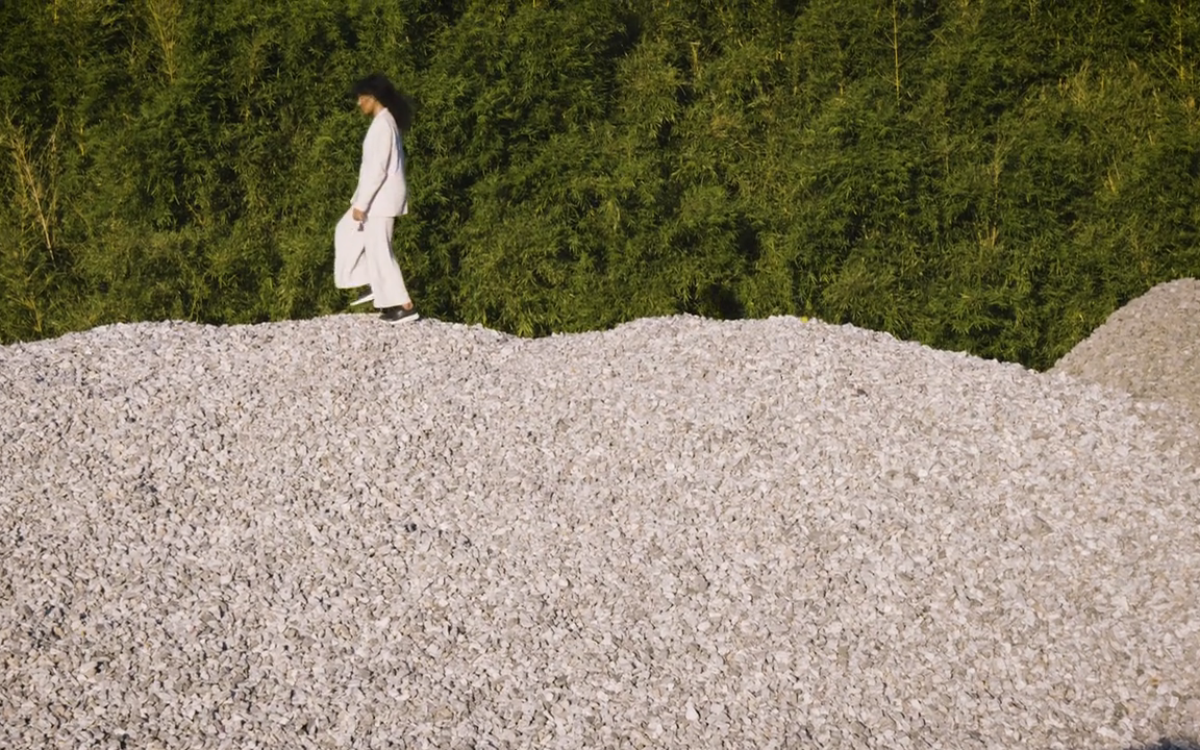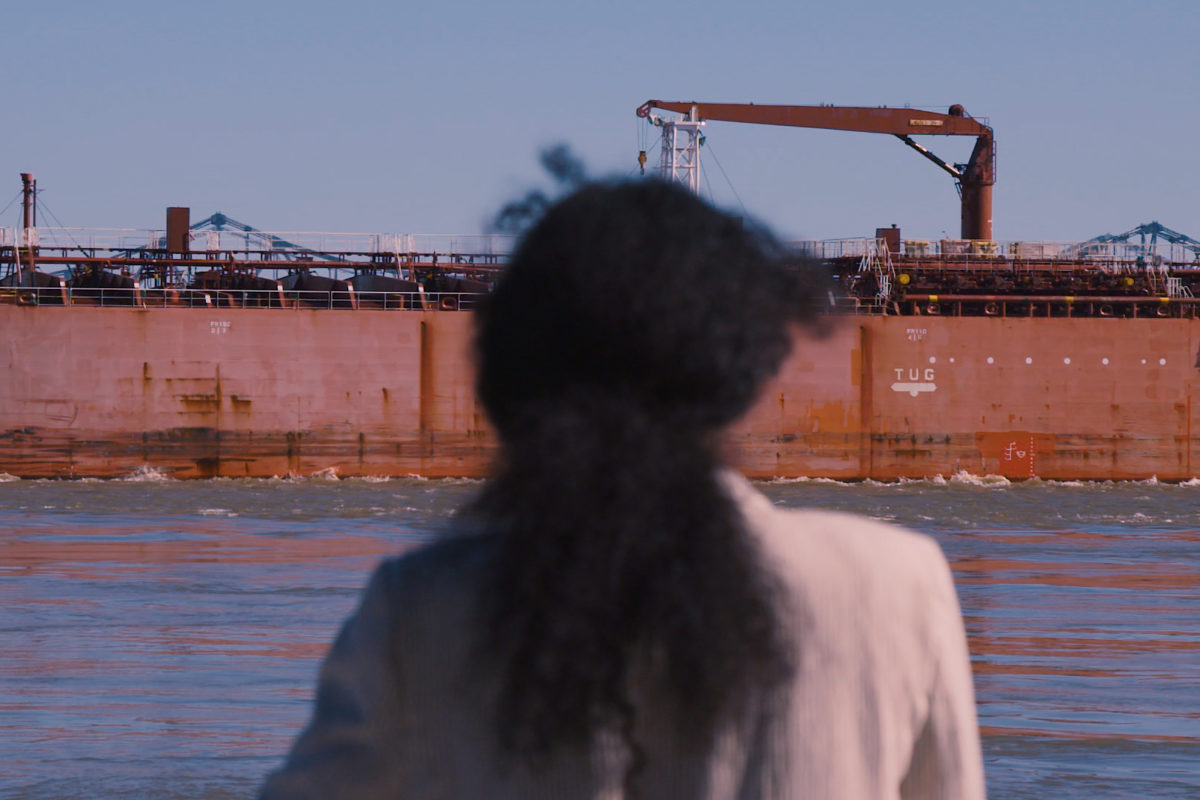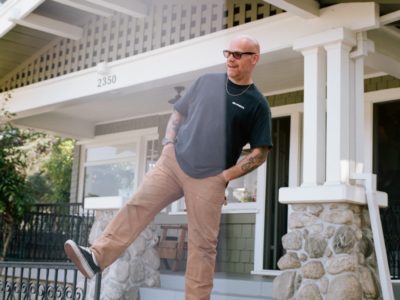Armina Mussa, Creative Director of Saint Heron

As the Creative Director for Saint Heron and the author behind “Unknown: Wyoming,” Armina Mussa is pushing the boundaries of diversity-driven stories and visual art explorations like no one before her.
DIRECTOR: NISA EAST
MUSIC BY: KYLE WOODS
The Interview: Get to Know Armina
WORDS BY: ZARNA SURTI
“I wanted to capture the neutral pallet of New Orleans that isn’t often seen. It mirrors the divine spirit of a city I really love,” said Armina when we asked her about the inspiration behind the video she created for us with director Nisa East. Armina is a woman we’ve admired for a long time, so we were completely inspired to see her visual representation of the city through a different lens, while also having the chance to sit with the elusive creative director, author, and visual artist to learn more about Saint Heron’s origins, the birth of her book Unknown: Wyoming, and everything in between.
When did you know you wanted to be in the creative space? Have you always been creative from a young age?
I’ve always been pretty creative and before I knew anything about art, beyond all the wacky things I did alone to protect my feelings, I knew I wanted to be in a creative space when I realized that was all I really had. I’ve always had these very deep connections with whatever I was doing artistically, so creating a reality where I could constantly unfold and discover myself personally seemed like a no brainer. I always wanted to emulate through my life and share with others if I had the opportunity.
Tell us about Saint Heron—the inspiration behind it, the origin, and the early days.
The concept of Saint Heron was introduced to me by Solange. It was one of her very many amazing visions shared with me when we first became friends, and I was on board from the day she uttered it. The inspiration springs from a lot of pain and passion and our sensibilities in an effort to achieve what is owed to other black artists—a safe space that’s our very own. We were living in Brooklyn at the time and there was a lot of disgusting experiences we faced, honestly. It felt like the height of cultural appropriation and it was the first time I personally felt cruelly deprived of how our stories were being told. We launched with a compilation album that was incredibly genius and really helped set the tonality of experimental R&B today. We also worked hard to activate spaces with cultural experiences we could all share together and create a beautiful energy that couldn’t be mimicked.
How do you feel about the growth of the Saint Heron community and where it is now? You’ve really created a beautiful space for people of color to explore their creativity and community.
There was nothing like Saint Heron for us back in 2013, so I’m always incredibly admirable and humble of the work we’ve done—we created a new framework for the art spaces we wanted to live in.
The concept of Saint Heron was introduced to me by Solange. It was one of her very many amazing visions shared with me when we first became friends and I was on board from the day she uttered it. The inspiration springs from a lot of pain and passion, and our sensibilities in an effort to achieve what is owed to other black artists—a safe space that's our very own.
Tell us about your art background. When did you start creating visual art?
I actually used to design clothes and realized it just occupied time for what I really wanted to accomplish as an artist. I felt like I was losing my story through fabrics, but I really enjoyed the process and whatever story it conveyed for me at the time. I was so invested in Japanese hemp or whatever arrangement I purely used for the embodiment of the art, but I wanted more. With this in mind, I created my first visual concept photographing women in the pieces and it eventually went to live on during my first group show a year later at ‘Mark of the Feminine’ curated by Regine Basha at the CAC in New Orleans.
You went through a very traumatizing attack about two years ago. Can you tell us what you learned most from that experience?
Well firstly, my experience was very emotionally transformative, so I’ve learned the most about myself and my purpose here. I’m still learning and identifying new bits of what about my experience was, so it is still unclear for me what I’ve learned the most other than myself. Having your heartbroken in many ways is a tremendous way to learn about the world.
From my book, this is what explains it the best:
Distorted gazes of the world….
Psychic wounds….
Deaths obscurity….
Speaking of your book, tell us more about Unknown, Wyoming. We heard it was the alias given to you at the hospital in New Orleans. What was the process of making this book like for you?
It was either an alias given to me for protection since I was a victim of violence or because it was the easiest way to keep track of the vast amount of victims rolling through the ER everyday. I’m not sure, but it stuck with me spiritually. The process was challenging and turned into a form of therapy for me. I worked on it everyday for almost two months, which is kind of ridiculous for a 22 page book only using 11 images total. It was a constant process of trying new arrangements that told my story from a very cryptic lens, but ultimately how I felt at the moment: defeated, confused, heartbroken, depressed. The images tell a very underlying story using symbols masked as objects. The dress I wear in the book is the same dress I wore while out and about the day I was attacked, the same dress I wore down to the DAs office when the city tried to dropped the charges. The black paint represents markers for parts on my body I was stabbed excluding my stomach, face, and head, but I find other ways to examine those parts of me in the book. The shredded fabric textures in the book were apart of a project I was working on moments before I was attacked, and apparently what I picked up in the moment of trying to stay conscious on the scene. It was a strenuous process that required a sufficient amount of attention.
The black paint represents markers for parts on my body I was stabbed excluding my stomach, face, and head, but I find other ways to examine those parts of me in the book.
You live in New Orleans—what do you love most about living there? What do you enjoy about it over cities like New York and Los Angeles?
It feels lawless, which has its pros and cons, but I enjoy this aura as an artist. It’s the south, all the way down bottom by the water so you genuinely feel a bit detached from all that’s around you. LA and NY feel the complete opposite of that.
What do you love most about what you do? You don’t have a typical 9-to-5 structure, tell us what you like about being an entrepreneur and not following a conventional path.
Well at this point what I do is so integrated into my everyday life, so naturally, I have a very interesting working structure that makes sense for all that we do over at Saint Heron and shows how invested we are with all that we do. I love creating experiences and collaborating with artist we love so much like Kelela, James Flemons, Kelsey Lu, Moses Sumney, and so on.
What’s up next?
I’m currently in Tokyo for most of the month preparing new work as an extension of Unknown, Wyoming. The idea is to return home and have my first solo show with the work I’ve created here to finally share my whole truth after two years, and to ultimately move forward and take form to what ever is next for me as an artist.
A Different Lens: New Orleans
Stills By: Nisa East
For more Armina, follow her on Instagram or check out SaintHeron.com.




